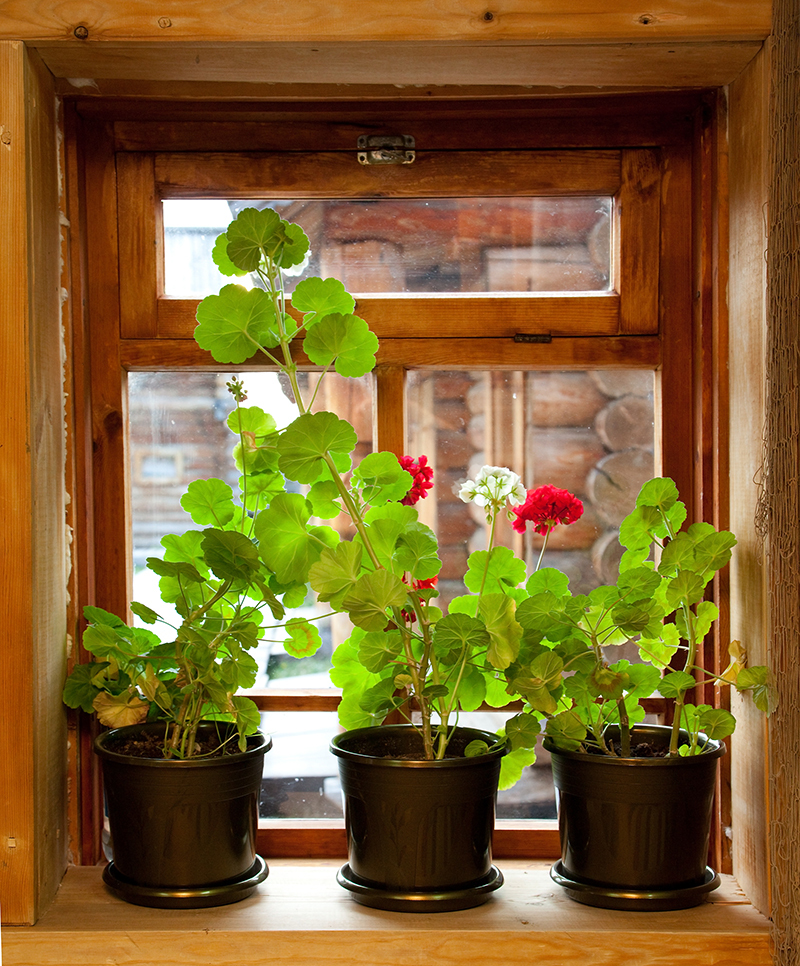The rose is one of the most recognized and beloved flowers in the world. Its beauty, fragrance, and variety have made it a symbol of love, passion, and admiration for centuries. However, the rose is more fascinating than it may seem at first glance. Here are ten intriguing facts that shed light on the wonderful world of roses.
1. Ancient Origins
Roses have been around for a very long time. Fossil evidence indicates that the rose is over 35 million years old. Ancient cultures, including those of the Greeks, Romans, and Egyptians, not only appreciated the rose for its aesthetic qualities but also used it for medicinal purposes and in celebrations.

2. Incredible Variety
When it comes to variety, roses do not disappoint. There are over 300 species and tens of thousands of cultivars. Roses come in virtually every color of the rainbow except blue. Breeders have spent decades creating varieties that can thrive in different climates and conditions worldwide.
3. Cultural Significance
Roses have held significant meaning in various cultures. In Roman mythology, the rose was associated with Venus, the goddess of love. In Christianity, the rose is often linked to the Virgin Mary. Additionally, roses have been a central motif in literature, poetry, and art throughout history.
4. Complex Symbolism
The symbolism of roses is as complex as the flower itself. A red rose typically symbolizes love and passion, while a white rose stands for innocence and purity. Yellow roses often represent friendship and joy, whereas black roses, though not naturally occurring, are generally associated with death and mourning.
5. National Flower
Many countries have chosen the rose as their national flower. For instance, the rose is the national flower of the United States, a decision made in 1986. The rose also enjoys this status in countries like England, where it has a deep historical significance dating back to the Wars of the Roses.
6. Rose Oil and Perfumes
Roses are a vital component in the fragrance industry. Rose oil, also known as "attar of roses," is a key ingredient in many of the world's most famous perfumes. Extracting the oil is labor-intensive, requiring thousands of petals to produce just a small quantity, which is why rose oil can be quite expensive.
7. Culinary Uses
Roses aren't just for smelling. Rose petals and rose water are commonly used in cooking and baking. Middle Eastern, Indian, and Persian cuisines often incorporate rose water into their recipes for desserts, pastries, and even beverages. Rose hips, the fruit of the rose plant, are rich in Vitamin C and are often used to make jams, jellies, and teas.
8. Medicinal Benefits
Roses have a history of medicinal use. Rose petals have been used to treat various ailments due to their antibacterial and anti-inflammatory properties. Rose hips are high in antioxidants and vitamins, proving beneficial for boosting the immune system, aiding digestion, and promoting healthy skin.
9. Record-Breaking Roses
Roses are not just beautiful; they also hold several records. The largest rose ever recorded was a pink bloom from California, spanning around 33 inches in diameter. The oldest living rose bush is believed to be over 1,000 years old and can be found in Hildesheim Cathedral in Germany.

10. The Language of Roses
The Victorians were known for their "language of flowers," also called floriography, where different flowers had specific meanings and were used to convey messages. Roses played a significant role in this floral vocabulary. For example, a single red rose meant "I love you," while a yellow rose could signify jealousy or infidelity.
Conclusion
Roses are not just a pretty face in the garden; they offer a rich history and a plethora of uses and meanings. From their ancient origins and extensive varieties to their cultural significance and medicinal benefits, the world of roses is filled with intrigue and beauty. The next time you admire a rose, you'll understand that there's so much more behind its lovely petals than meets the eye.

